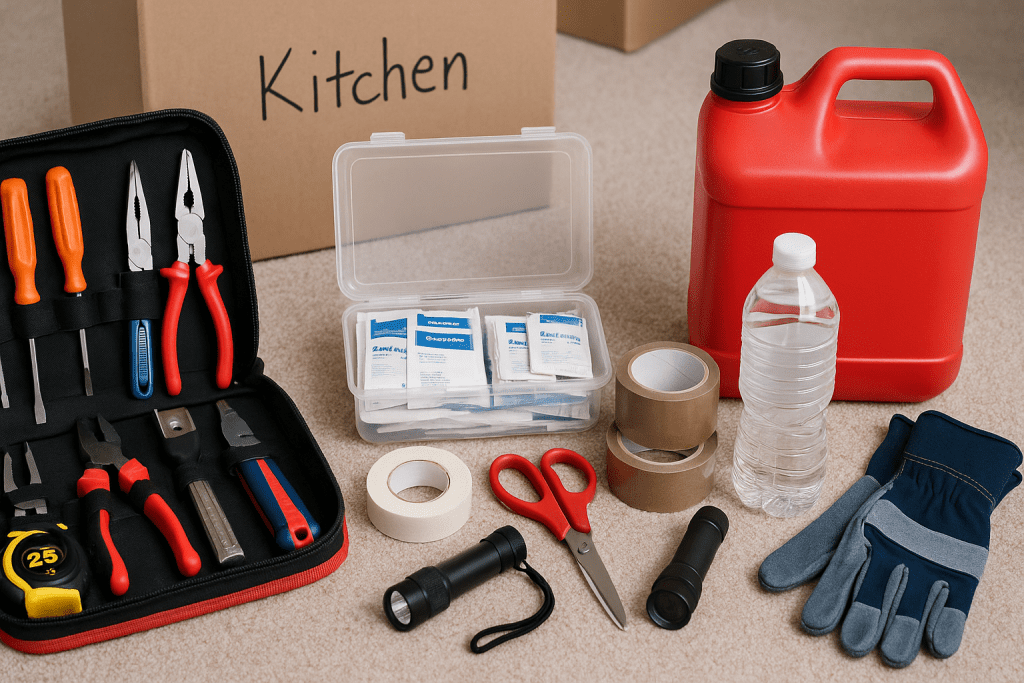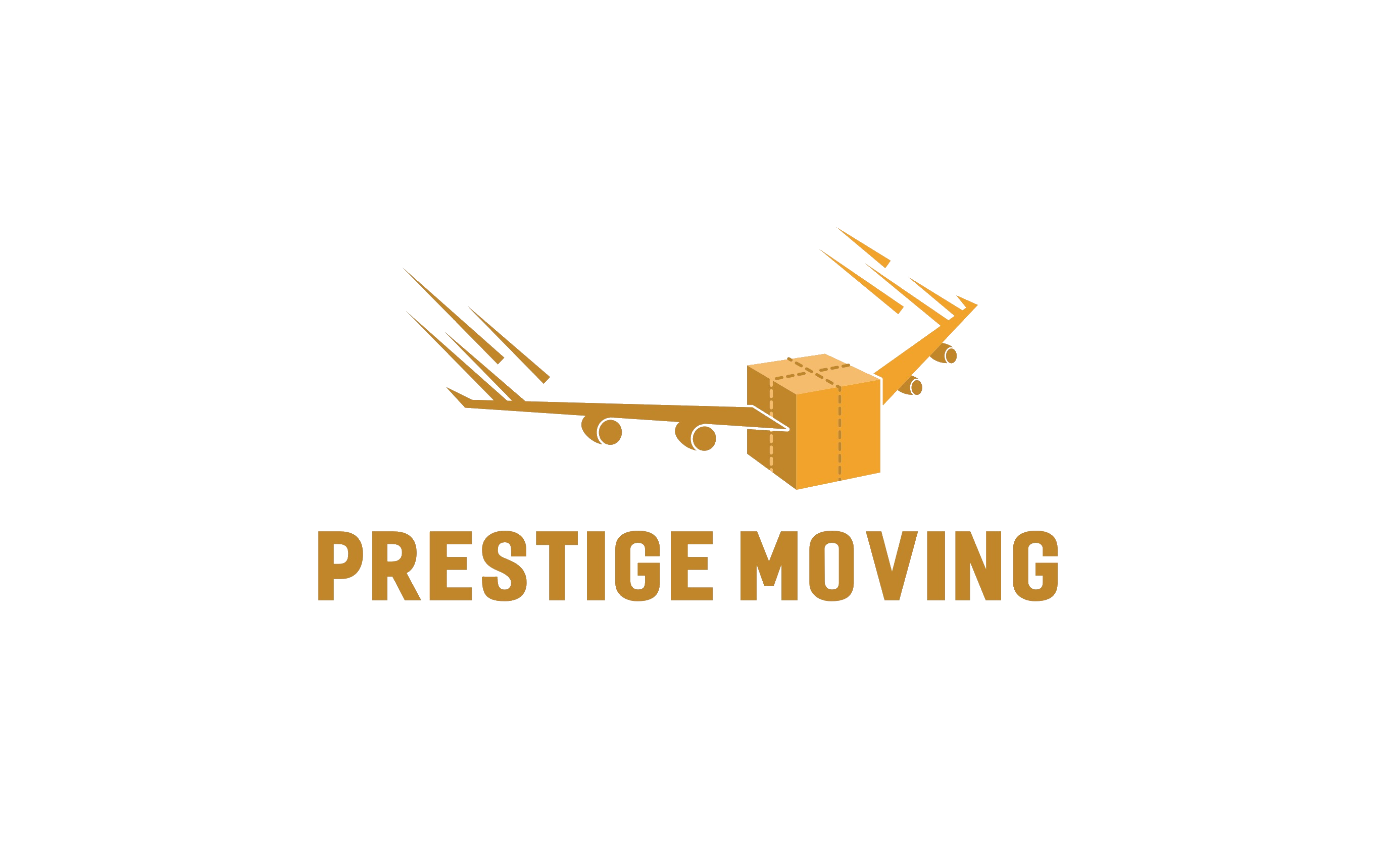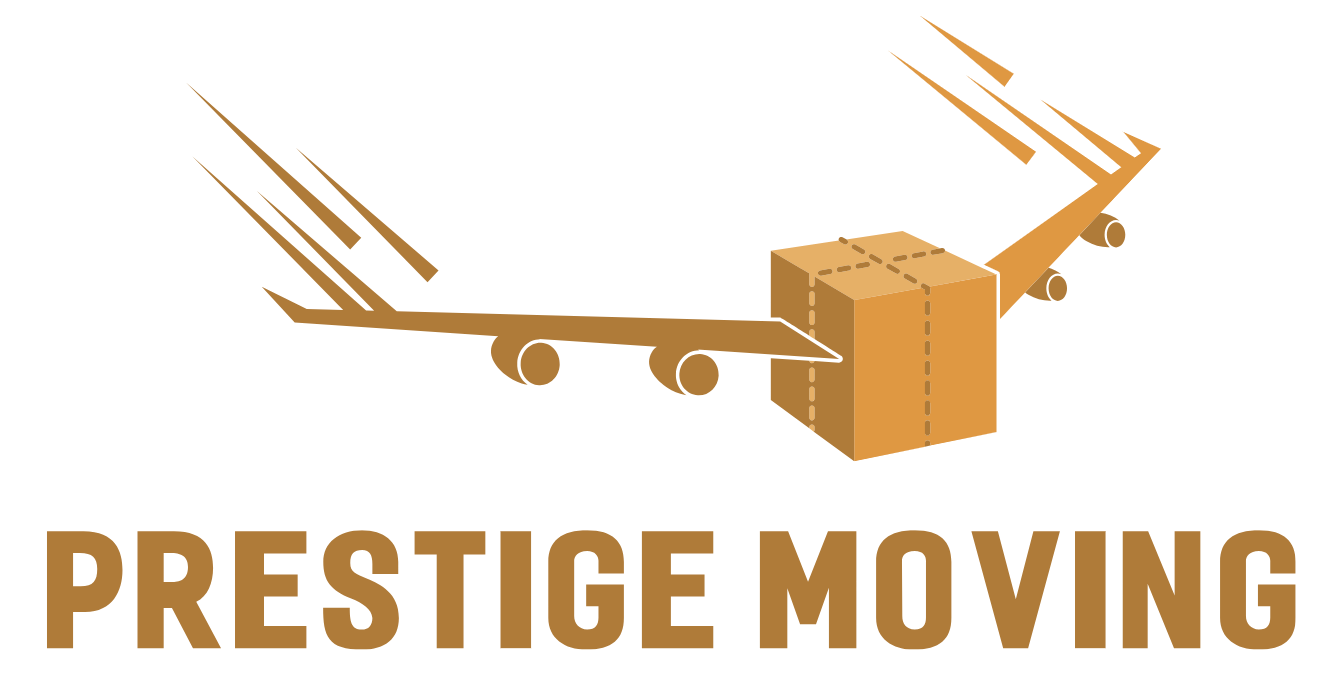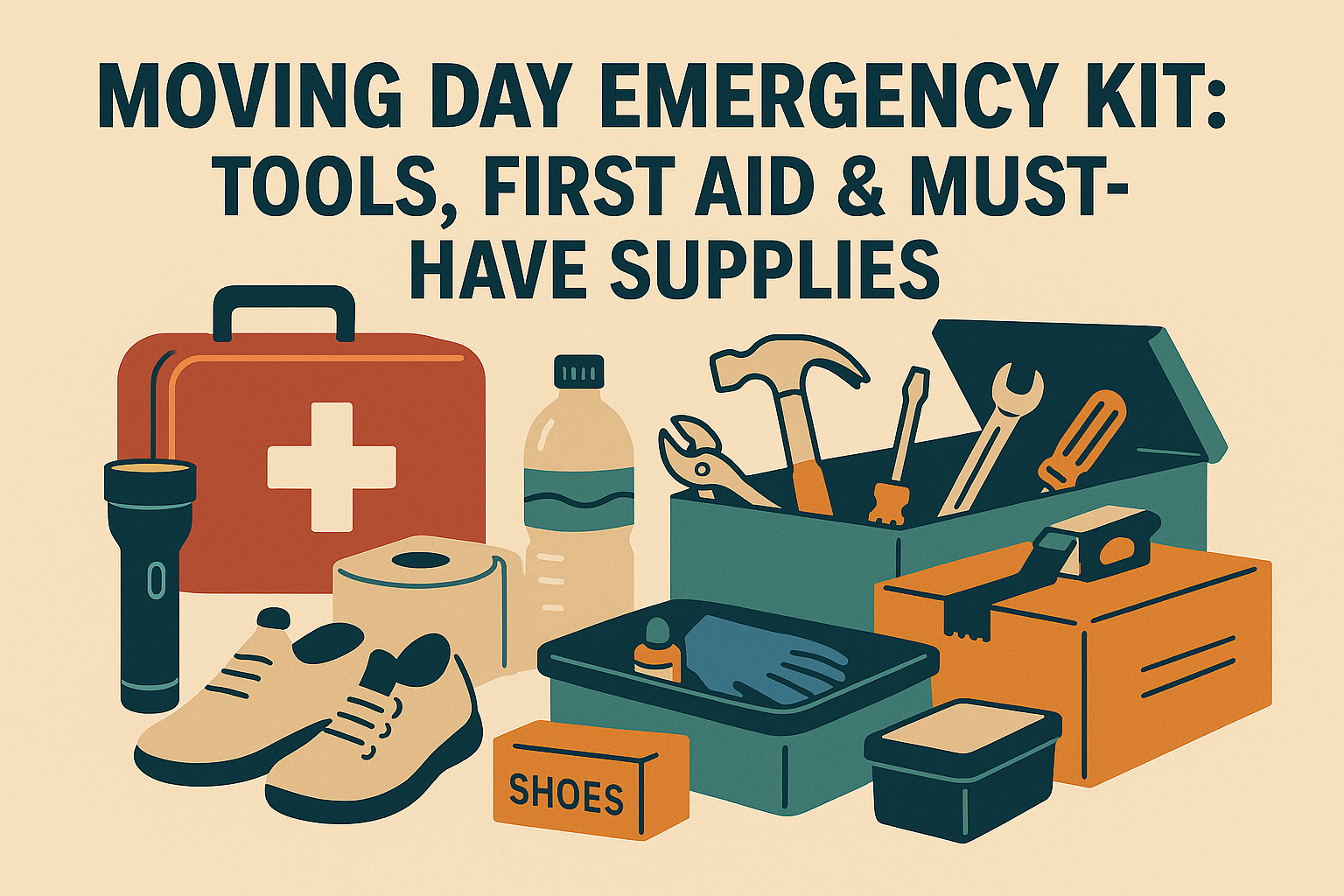Moving day is notorious for being hectic, unpredictable, and physically demanding. Whether you’re relocating across Ottawa or embarking on a long-distance move, having a well-prepared Moving Day Emergency Kit can make the difference between a smooth transition and a stressful scramble. This comprehensive guide breaks down the essential tools, first aid items, and must-have supplies every household should pack in one easily accessible box or bag.
Why Every Move Needs an Emergency Kit
When moving day arrives, most of your belongings will be packed away in boxes or loaded onto a truck. The last thing you want is to dig through taped-up cartons looking for a box cutter, a bandage, or your phone charger. A carefully curated moving day emergency kit keeps all your essential items in one place so you can handle unexpected situations quickly.
This approach is especially crucial for long-distance moves, where access to your belongings may be delayed by several days. Movers in Ottawa frequently emphasize the importance of being prepared, especially during busy seasons or unpredictable weather conditions (see Ottawa movers’ best practices).
Essential Tools for Moving Day Success
H2: Utility Tools to Keep Handy
Even if you’ve hired professionals, certain tools can help solve last-minute issues efficiently:
- Box cutter / utility knife – For opening boxes quickly without damaging contents.
- Screwdrivers (Phillips and flathead) – To remove doors, disassemble furniture, or reattach handles.
- Hammer and nails – Useful for quick wall fixes or securing loose boards.
- Adjustable wrench / pliers – Ideal for removing appliances or tightening fixtures.
- Measuring tape – Helps ensure furniture fits through doorways before the movers arrive.
- Flashlight and extra batteries – Essential for basements, attics, or late-night moves.
For those handling specialty items like antiques or pianos, consider reviewing professional furniture moving services in Ottawa for tailored solutions.
H3: Packing & Moving Support Gear
- Extra packing tape and dispenser – For resealing boxes that were opened prematurely.
- Permanent markers – To label boxes more clearly during unloading.
- Zip ties or rope – To bundle loose cords, tie items together, or secure lids.
- Scissors – For snipping plastic wrap or packaging.
- Work gloves – Protect your hands from splinters, sharp edges, and heavy lifting.
- Furniture sliders – Help move heavy pieces across floors without scratching surfaces.
First Aid Kit Essentials for Moving Day Safety
Moving involves lifting, cutting, assembling, and rushing—making minor injuries almost inevitable. A fully stocked first aid kit is essential:
- Adhesive bandages (various sizes) – For cuts, scrapes, or blisters.
- Antiseptic wipes and ointment – To clean and protect wounds.
- Gauze pads and medical tape – For larger injuries or wrapping fingers.
- Instant cold packs – Excellent for bumps, bruises, or strained muscles.
- Pain relievers (acetaminophen, ibuprofen) – For headaches, backaches, or sore muscles.
- Tweezers – For splinters or removing debris.
- Elastic bandage wraps – For minor sprains or strains.
- Hand sanitizer – Keeps hands clean when bathrooms are inaccessible.
- Disposable gloves – For hygienic handling of injuries.
For additional guidance on first aid kit requirements in Canada, visit the Government of Canada’s emergency preparedness page.
Personal Essentials: Keep These Within Reach
Daily Comfort and Hygiene Items
In the chaos of relocation, personal comfort items are often overlooked but can drastically improve the moving experience:
- Toilet paper and paper towels – Bathrooms are often the first thing you’ll need.
- Soap and hand towels – Maintain hygiene, especially after lifting dusty items.
- Basic toiletries – Toothbrush, toothpaste, deodorant, and any personal care items.
- Change of clothes – Accidents happen—having a spare outfit is invaluable.
- Trash bags – For quick cleanups and keeping the site organized.
- Shower curtain and towels – Ideal for overnight stays in the new home.

H3: Personal Identification and Valuables
- Wallet, ID, keys, and essential documents – Keep these on your person, not in a box.
- Moving contract and bill of lading – In case you need to verify details with the movers (learn more about bills of lading in Ottawa).
- Cash and credit cards – For emergencies, tips, or quick purchases.
- Portable chargers and cables – Phones are critical on moving day for coordination.
- Medication – Keep daily prescriptions and basic over-the-counter meds handy.
Food, Hydration & Quick Energy
H2: Snacks and Drinks for Sustained Energy
Long moving days drain energy fast. Keeping non-perishable, easy-to-eat snacks on hand keeps everyone fueled:
- Bottled water or reusable water bottles – Staying hydrated prevents fatigue.
- Granola bars, nuts, or protein snacks – Lightweight but energy-rich.
- Fruit or pre-packed sandwiches – For quick, mess-free meals.
- Disposable cups and plates – Useful when kitchenware is packed.
For family moves, check out these moving day snacks & hydration tips for Ottawa families.
Pet and Kid Essentials
If you have children or pets, your emergency kit should also account for their unique needs:
H3: For Kids
- Favorite toys or books to keep them occupied.
- Extra clothes, diapers, and wipes for younger children.
- A first-night bag with pajamas and bedtime comforts.
H3: For Pets
- Leash, carrier, and waste bags.
- Pet food and water bowls.
- Any medication or comfort items to keep them calm during the transition.
For more insights on this topic, refer to this comprehensive guide on moving with pets in Ottawa.
Documents & Contacts
Keep critical information within your emergency kit for easy reference:
- Printed addresses and directions to your new home.
- List of emergency contacts, including your moving company, utility providers, and family members.
- Service numbers for locksmiths, plumbers, or handymen—just in case.
Seasonal Items Depending on Weather
Ottawa’s climate can vary dramatically. Consider the season of your move:
- Winter moves – Add extra blankets, ice scrapers, and warm gloves. See winter moving in Ottawa tips to stay ahead of weather challenges.
- Summer moves – Include sunscreen, hats, and portable fans.
For additional seasonal preparedness tips, refer to Canada’s official seasonal emergency checklist.
How to Pack and Store Your Emergency Kit
H2: Keep It Accessible at All Times
- Use a durable, waterproof container – A plastic storage bin with handles works well.
- Label it boldly – “MOVING DAY EMERGENCY KIT” should be clear from all sides.
- Place it in your personal vehicle or load it last – So it’s the first thing off the truck at your new home.
- Designate one person responsible for keeping track of it during the move.
Why an Emergency Kit is Crucial for Long-Distance & Specialty Moves
Long-distance relocations or moves involving antiques, musical instruments, or commercial equipment often involve tight schedules and limited access to tools once the truck is on the road. Ottawa’s long-distance movers emphasize that delays, unexpected detours, or overnight stops are common.
In such scenarios, your emergency kit acts as your mobile command center, allowing you to solve problems without waiting for the truck to arrive at your destination.
Final Checklist: Your Moving Day Emergency Kit
- Utility tools & packing supplies
- First aid essentials
- Personal comfort & hygiene items
- Food & hydration
- Pet & kid supplies
- Critical documents & contacts
- Seasonal gear
- Clear labeling & accessibility plan
Get Professional Help for a Hassle-Free Move
While a moving day emergency kit empowers you to handle small issues, hiring reliable professionals ensures you won’t have to face major crises alone. For full-service, stress-free relocation solutions in Ottawa, explore Prestige Moving’s residential moving services or book your move online today.


